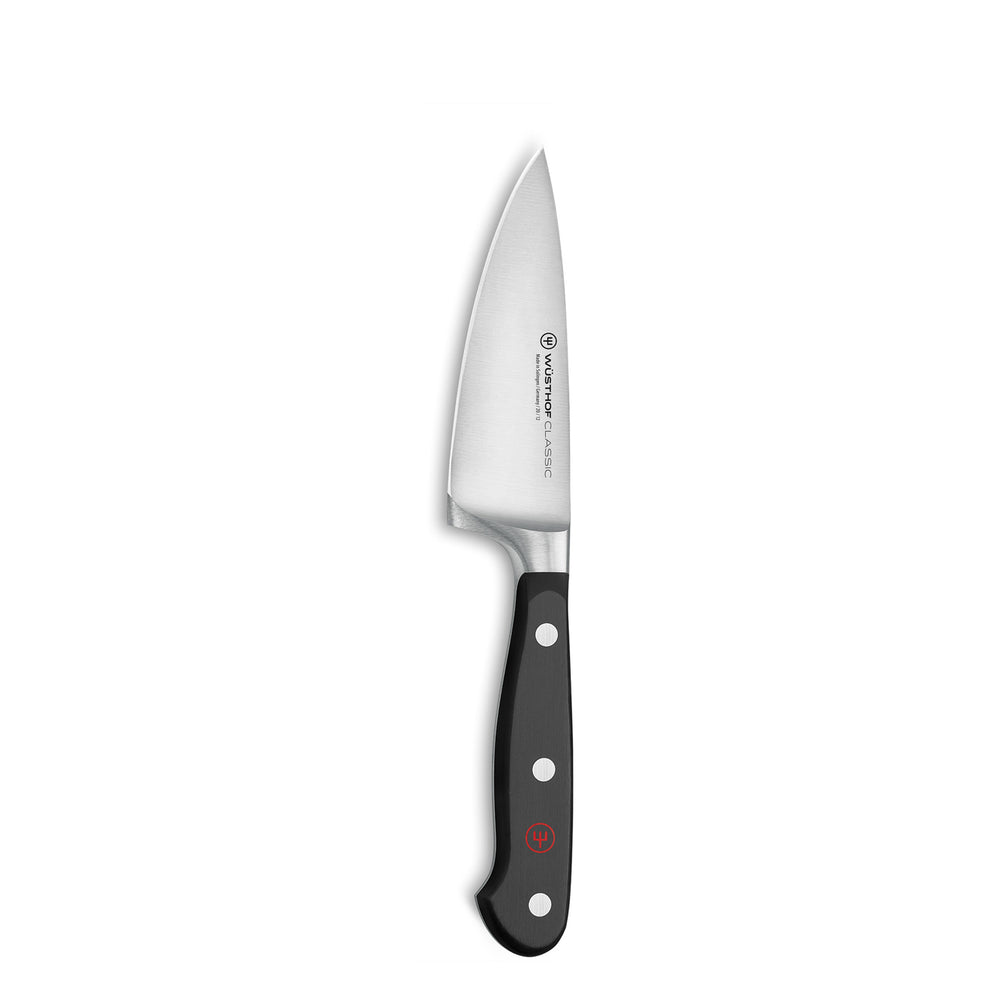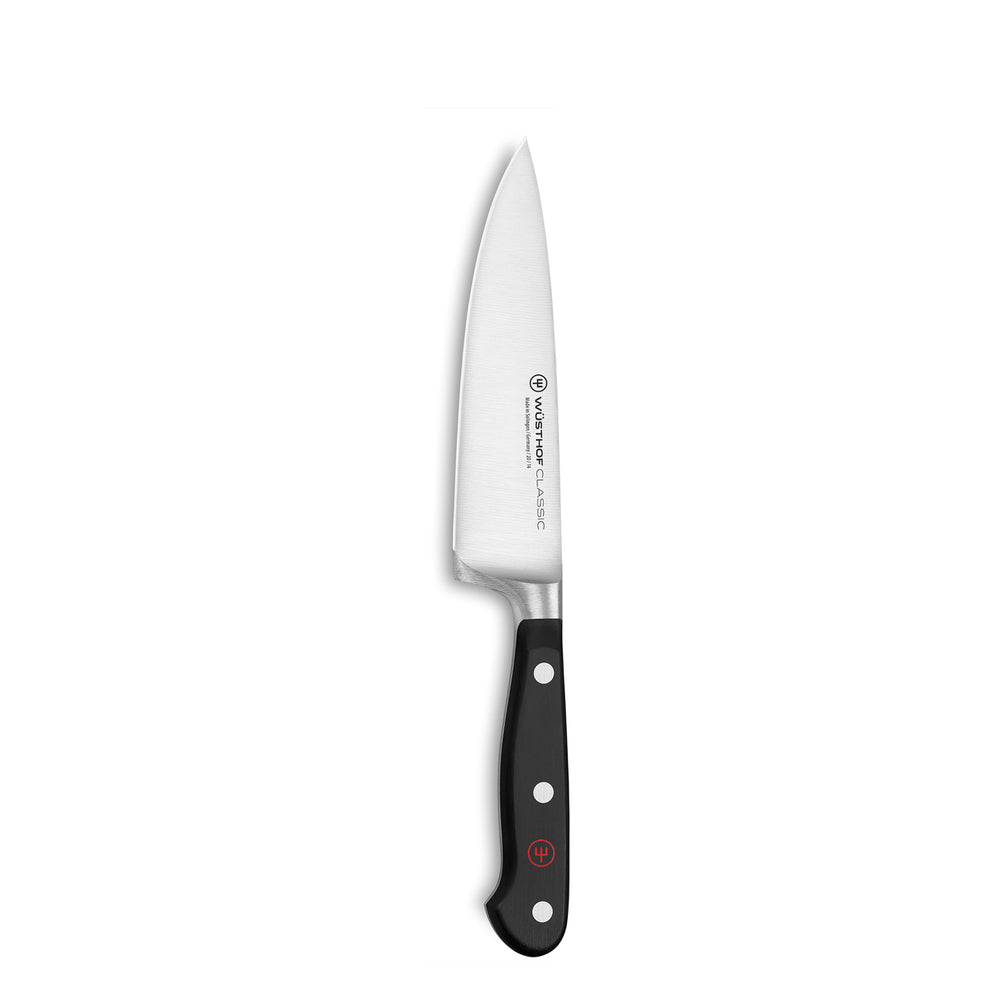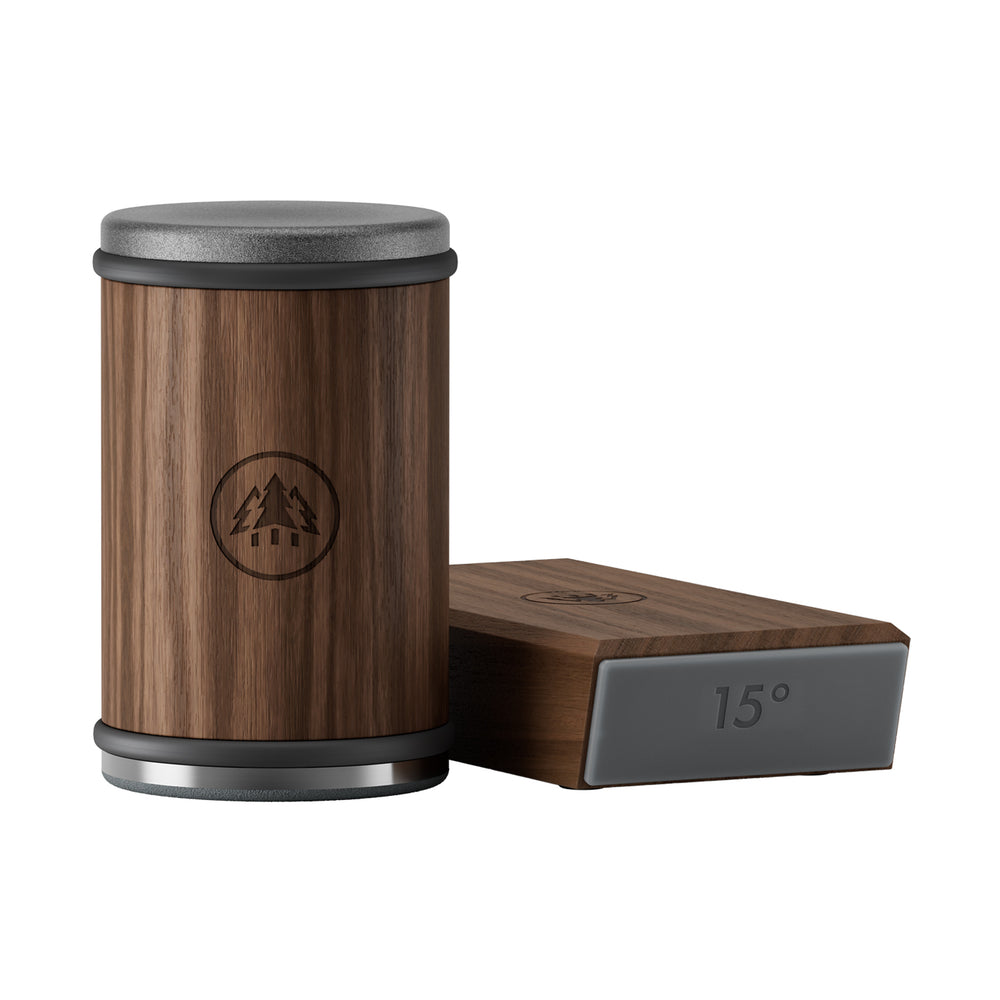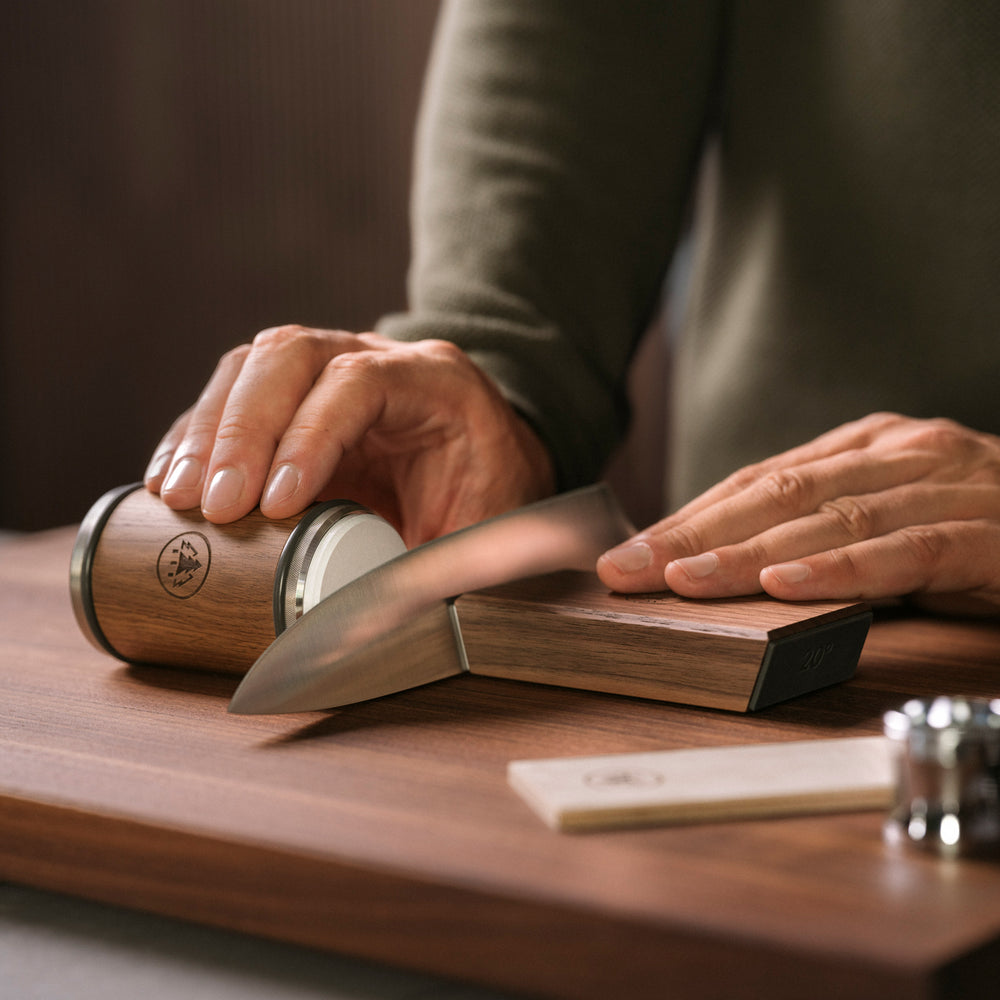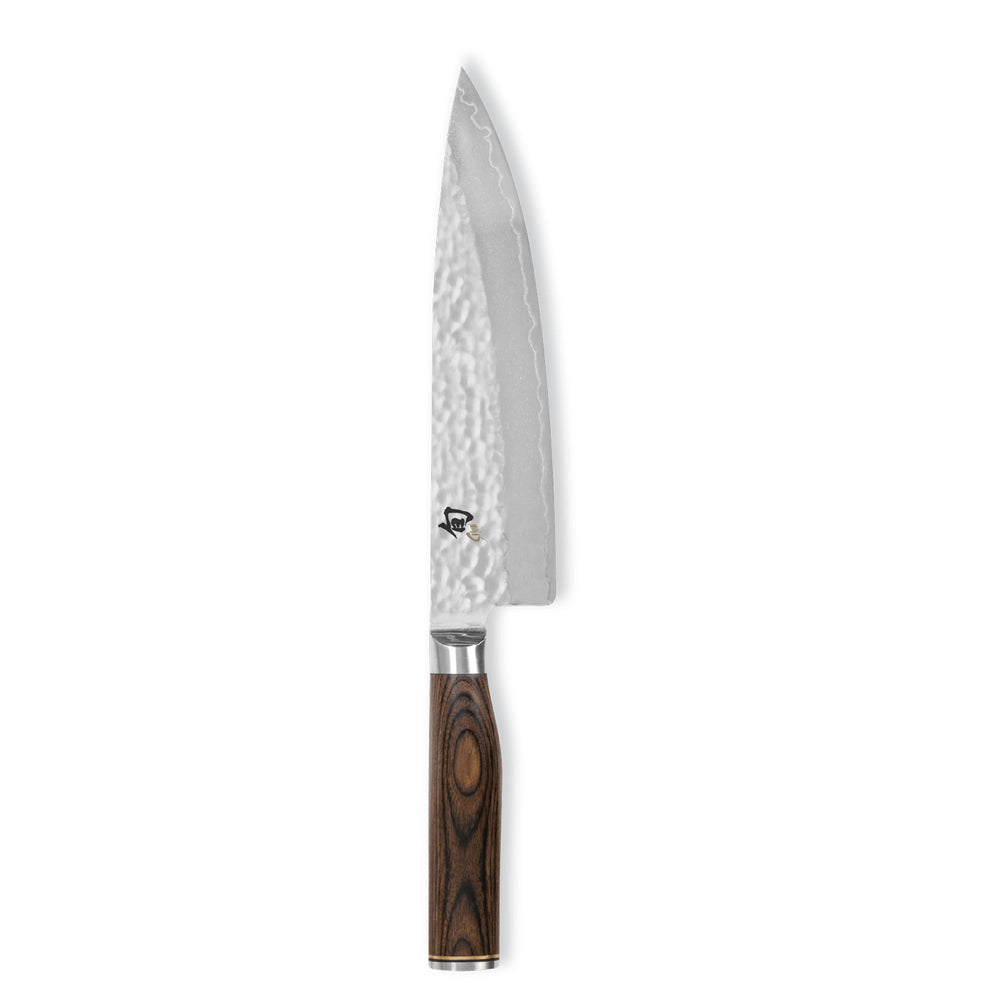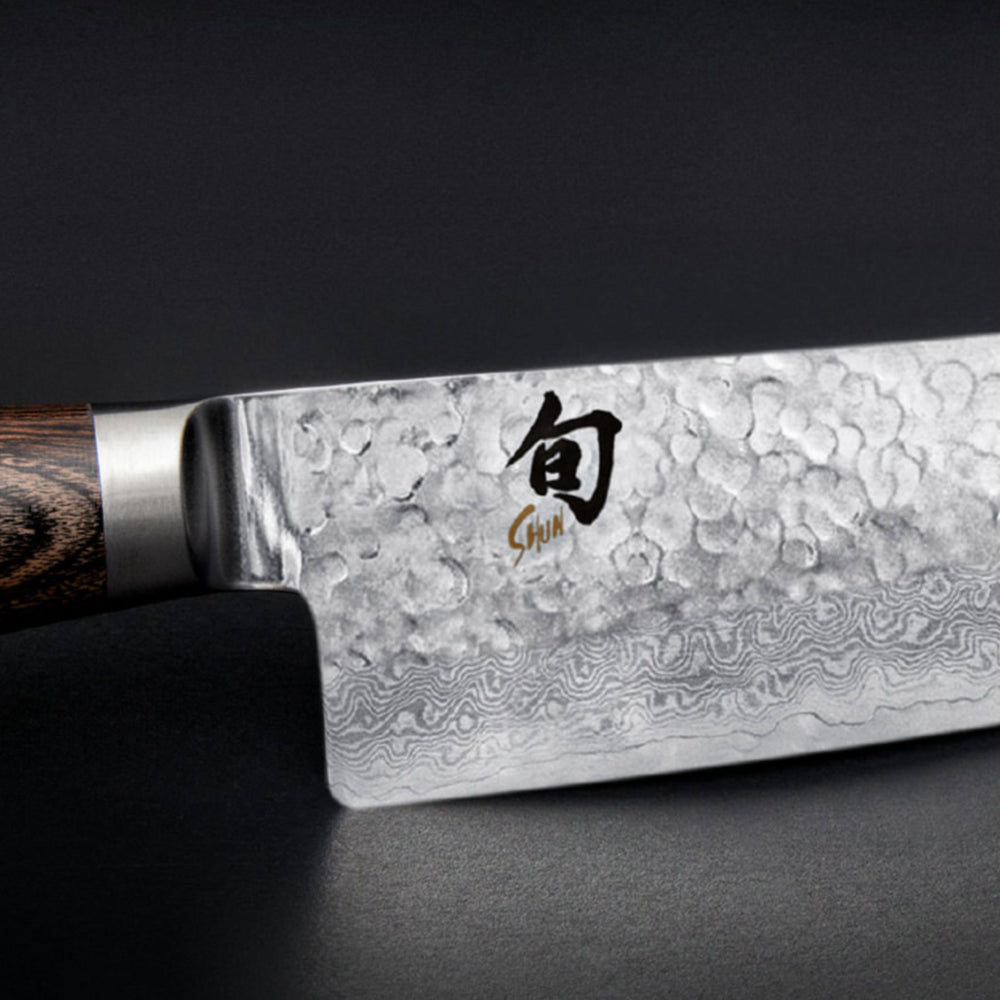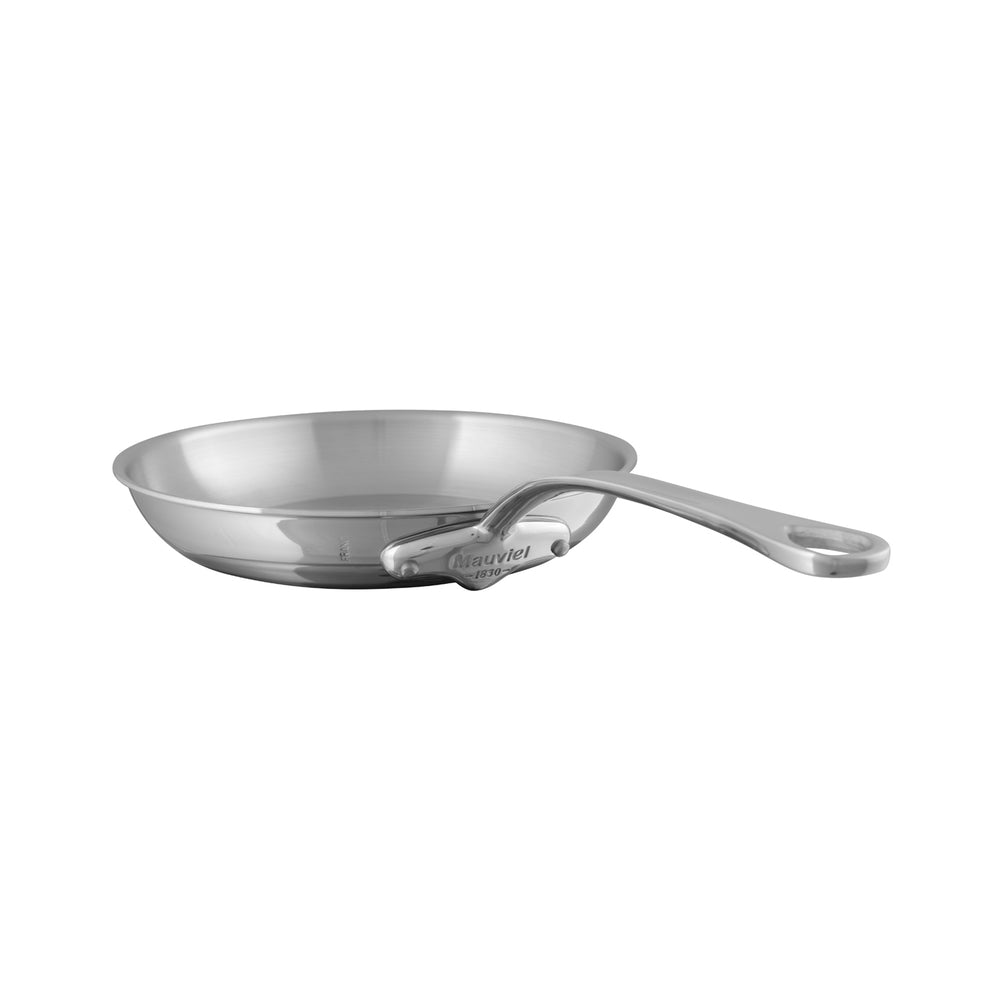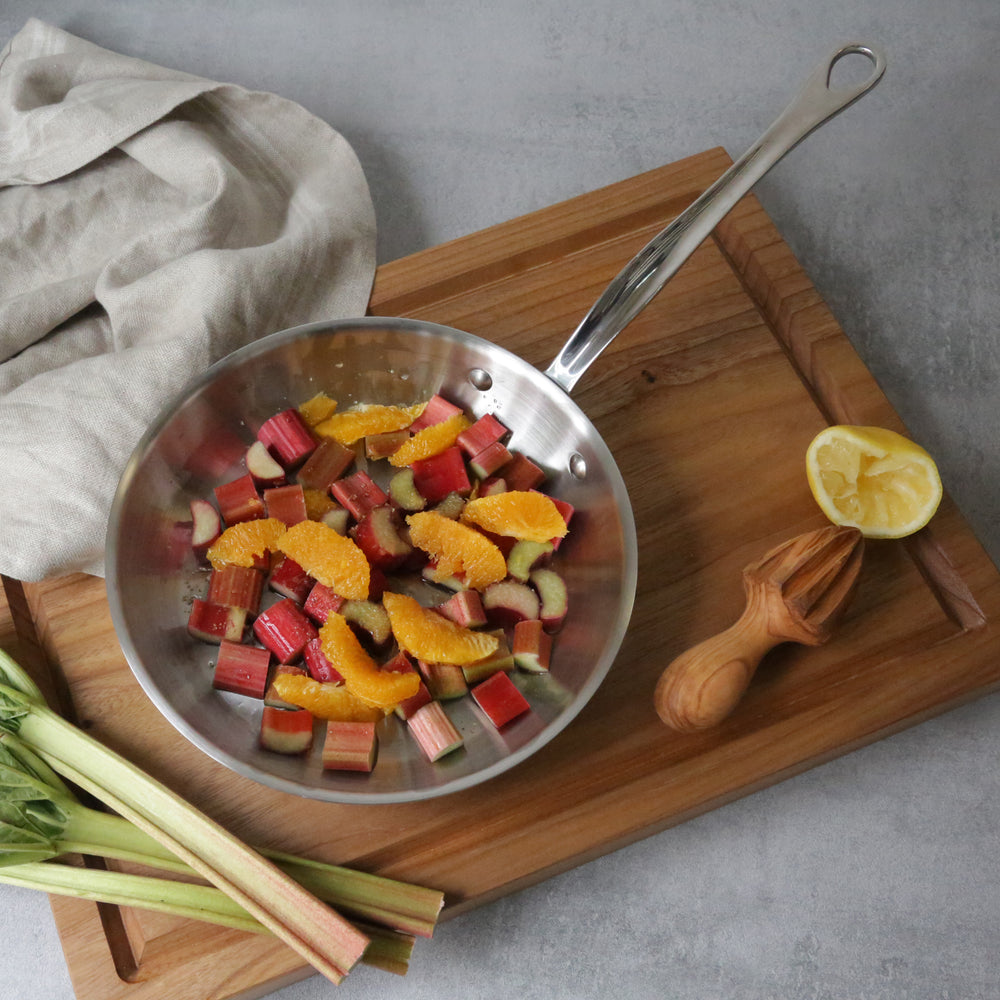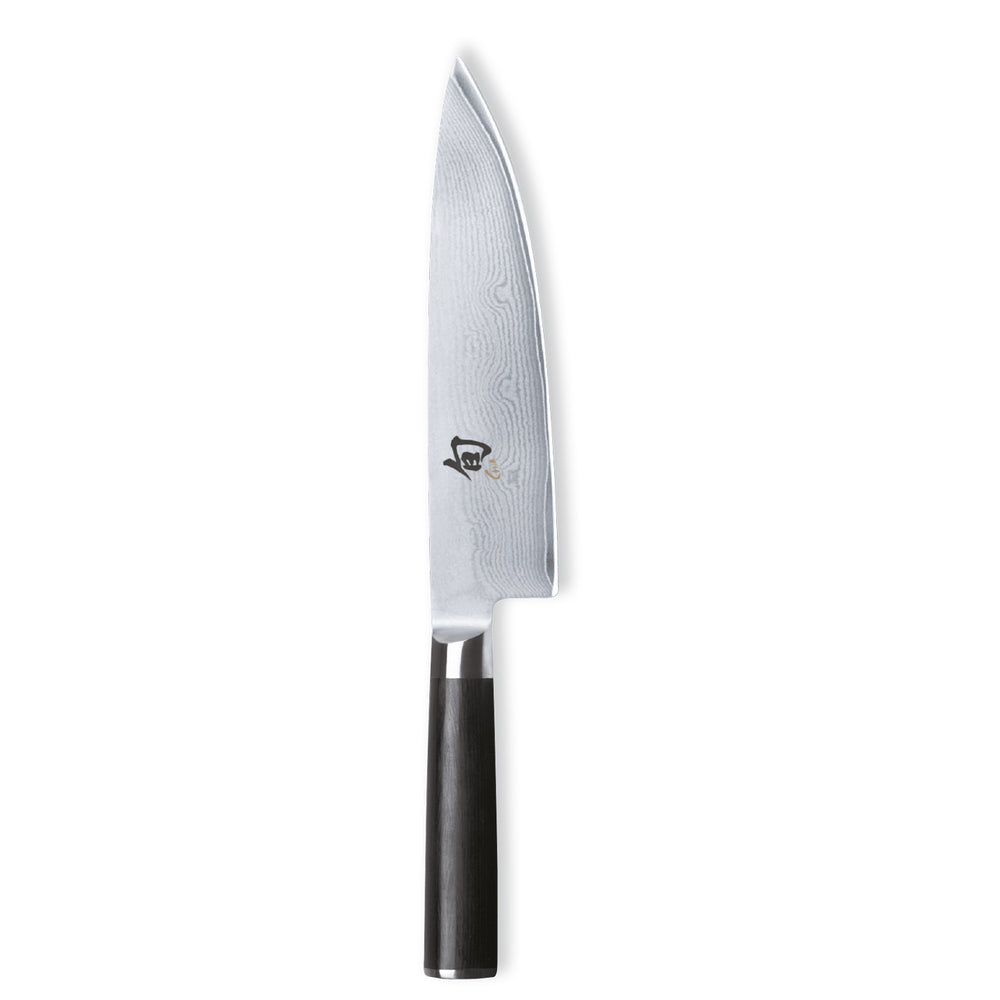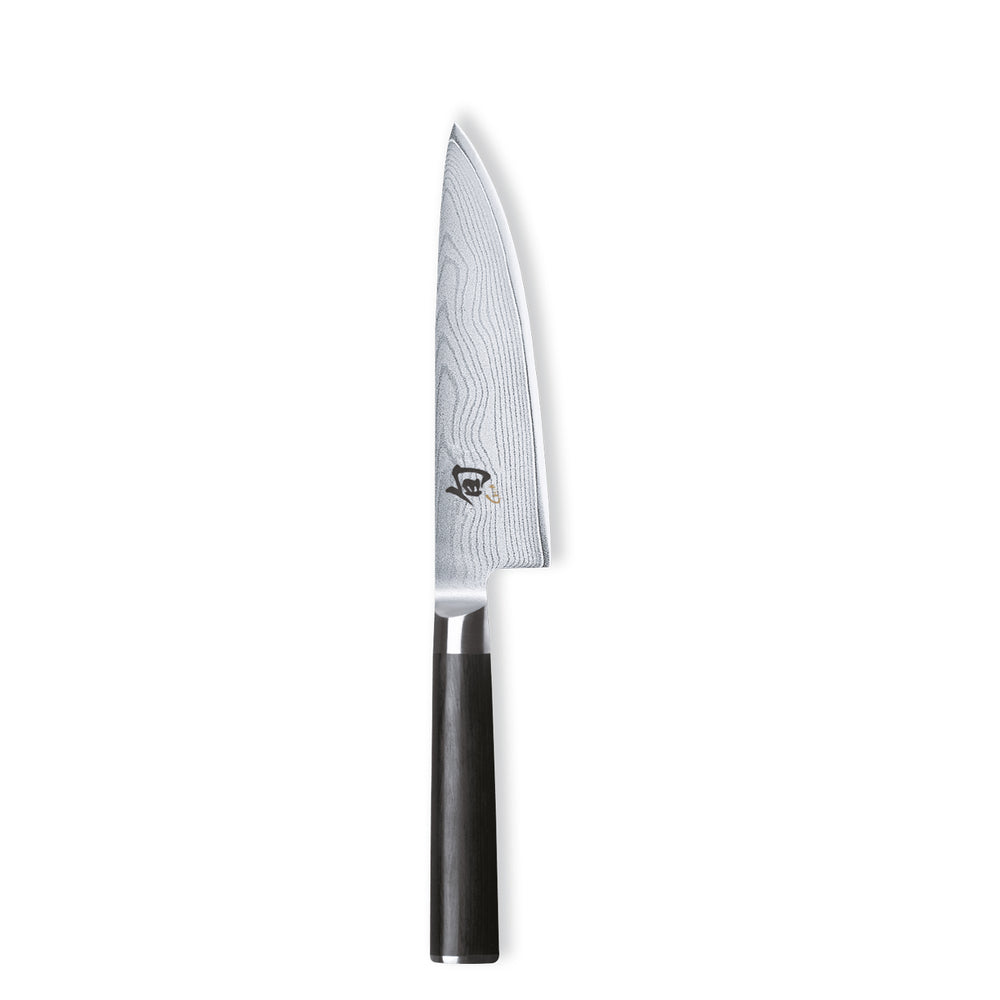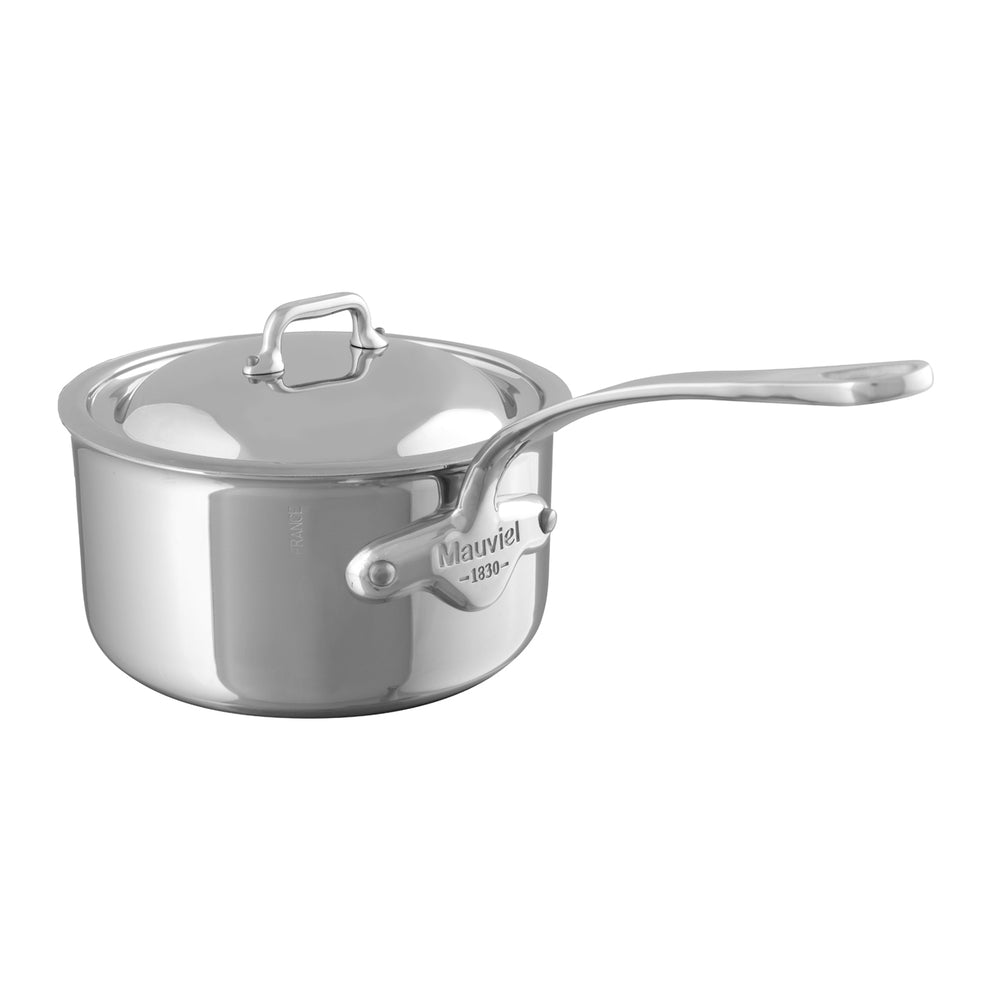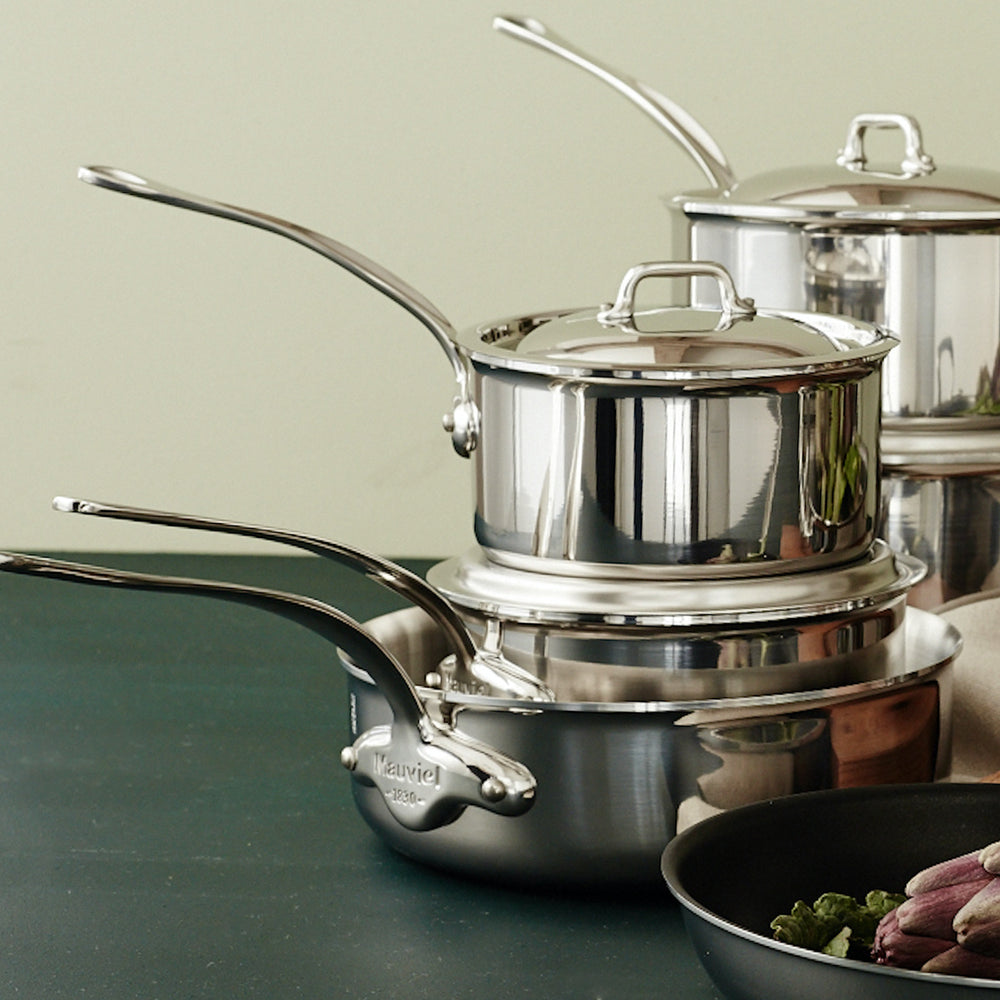When we ask chefs to name three essential kitchen tools, the answer is almost always the following: frying pan, chef’s knife or santoku, and chopping board. These are tools where quality and durability make a huge difference—they are put to the test multiple times a day, after all. Below, we gathered our top 10, plus useful tips for each. The right way to use a Microplane grater, for example, or a step that makes cleaning a stainless steel pan astoundingly easy, no matter what you cook in it.
Frying Pan
While a frying pan is certainly not the only pan you need in your kitchen, it is the most important one to look at in terms of quality. Why? Because a frying pan, unlike saucepans and pots, cannot rely on lids to ensure even heating, especially when searing ingredients (which requires as little moisture as possible). But a good-quality frying pan will ensure the prawns at the edge of the pan brown as consistently as the prawns closer to the centre.
As for material, we like induction-compatible stainless steel—as long as it is multi-ply, where the metal goes from base to edge (as opposed to only the base). Unlike non-stick, stainless steel pans are built to last a lifetime. Unlike cast iron, carbon steel or copper, they require no maintenance—though a deep clean and polish will make them look good as new.
Shop here.
Tip: Rub a thin layer of neutral oil (like rapeseed) all over the inside of a stainless steel pan before cooking. It will make clean-up so much easier, no matter the ingredient.
Chef’s Knife or Santoku
A chef’s knife, which has a long, slightly curved blade, takes care of the vast majority of food prep. The Japanese santoku is similar, but has a shorter, straighter blade that’s equally versatile, whether you’re carving a chicken or chopping herbs. If you only have the ability to invest in one high-quality knife, make it a chef’s knife or santoku. Look for a strong calibre of steel that retains sharpness well, blade-to-handle balance, and how comfortable the handle is to grip. Here at BK, we only stock knives we feel rank highly in these categories.
Shop here.Tip: A knife is only as good as it is sharp, so make sure you have a sharpener to go with it; our favourite is the HORL 3 Rolling Sharpener (shop
here). You'll know a knife is sharp when it can cut through a tomato neatly, with zero effort. If it squishes or crushes the tomato, leaving a puddle in its wake, it’s time to sharpen.
Chopping Board
Remember how a knife is only as good as it is sharp? The key to making sure a knife retains a sharp edge for as long as possible between sharpening sessions is using a good chopping board. A wooden board, especially an end-grain board, is best for knife edges because the fibres are vertical, providing least resistance to the blade, but they are heavy and require some maintenance (read more about it
here). For a chopping board that’s more beginner- and everyday-friendly, go for our wood composite Borough Kitchen Boards, which are thin, light, and dishwasher-safe. Unlike plastic, they won’t form deep grooves where colours, odours, and bacteria can linger.
Shop here.
Tip: Wood composite boards are low-maintenance and dishwasher-friendly, but an occasional rub with mineral oil will make them shine as if new.
Left: Staub cocottes. Right: Microplane Gourmet Fine Grater.
Cocotte
Curries, stews, pasta, ragù, homemade bread, anything you want to take from the hob or oven to table—that’s cocotte, AKA casserole or Dutch oven, territory, making it an essential in any kitchen. We like enamelled cast iron for the job, as cast iron retains heat exceptionally well, and the enamelled coating means you don’t have to put in the extra effort of maintaining a seasoned patina. Just wash it with soap and water as you would a stainless steel or non-stick pan. The best part is its durability. With proper care, it can be passed down generations.
Shop here.
Tip: If you notice residue on your enamelled cast iron cocotte that simply won't budge, add a tablespoon of baking soda, fill water up to the middle, and bring it to a boil. Let it boil for a few minutes, then scrub and rinse. It will look shipshape.
Microplane Fine Grater or Zester
No graters, zesters, and peelers compare to the ones made by Microplane. Their patented, photochemically etched blades are exceptionally sharp and stay that way for a long time. Microplane’s fine grater or zester is the one cooks turn to most often, because it’s what you use for daily tasks like zesting citrus, or grating ginger, garlic, whole spices (cinnamon, nutmeg), and Parmesan. The fine cuts ensure these ingredients integrate into dishes seamlessly.
Shop here.
Tip: When zesting citrus, hold the lemon, lime or orange in your hand and grate the top—the blade side of the Microplane fine grater or zester should be facing down, not up, as if you are playing the violin. Then turn the Microplane over and tap it against your cutting board to release all the zest. Not only does this keep things neater, but you'll avoid the bitter pith.
Spatula
Our favourite spatulas are made of wood composite, as they are easy to clean (by hand or dishwasher), resist stains and odours, and won’t scratch your non-stick pans. Spatulas with silicone tips will also keep your non-stick pans scratch-free. Use them to scramble eggs, flip burgers, and so much more.
Shop here.
Tip: If you have stubborn food stains on a pan, especially a cast iron or carbon steel pan, use a wooden spoon or spatula to scrape them out. They are much gentler than a metal scouring pad!
Left: Finch & Crane Salt Pig. Right: John Julian Mortar Ball Pestle & Bowl Mortar.
Salt Storage & Pepper Grinders
Salt is not a spice, but a mineral that brings out the flavour of all the other spices in your dish. Pepper is a spice that contains natural oils, most prominent when freshly cracked. This dream team works hard to make sure food is enjoyable—as such, they should be stored in a way that preserves their qualities. Pepper mills, especially the inimitable ones from Peugeot, have mechanisms that align peppercorns in a row and grind them uniformly for peak flavour. In order for it not to clump, salt should be kept somewhere moisture can’t reach it. Mills, ceramic salt pigs, and olivewood salt cellars keep moisture to a minimum.
Shop here.
Tip: Pepper, like all spices and oils, should be stored in cool, dark places. Opt for a mill with an opaque exterior.
Mortar & Pestle
This elemental kitchen tool has been around for thousands of years, outlasting technological updates, because of its unique ability to crush spices and herbs. Unlike cutting with a knife or grinding with a food processor, this gentler motion coaxes out natural oils without being too gentle or too rough. If you’re serious about cooking well, this is a tool that will teach you how to be more mindful of flavours and how they interact. Since the question is not if you need a mortar and pestle, but which one, we put together a handy
guide.
Shop here.
Tip: Tempting as it is as stress relief, do not bash spices with the pestle—that will only make them fly all over your kitchen. The right way to use a mortar and pestle is to add just enough spices to cover the base in a single layer, then tap along the edge of the circle and work towards the centre until the spices are crushed. Then, grind by circling the pestle along the mortar, not losing contact with the stone. Do the same anytime you add an ingredient to the mortar and pestle.
Measuring Jugs, Cups & Spoons
Seasoned cooks may feel comfortable with instructions like ‘add a small spoon of this’ or ‘pour a teacup full of that’, but if you’re new to cooking or not very confident, make sure you have measuring spoons, measuring cups and jugs. The difference between a teaspoon and a tablespoon of turmeric is best left to the imagination.
Shop here.
Tip: If measuring sticky ingredients like honey or pomegranate molasses, rub a bit of oil into the measuring spoon or cup first—it will slide off.
Digital Scale
When it comes to baking, there’s no tool more important than a scale. For example, if a recipe calls for granulated sugar but you only have caster, it does not matter, as long as it weighs the same. But if you were to measure by volume, the proportions would be off.
Shop here.
Tip: Use a scale to measure ingredients in cocktails!



